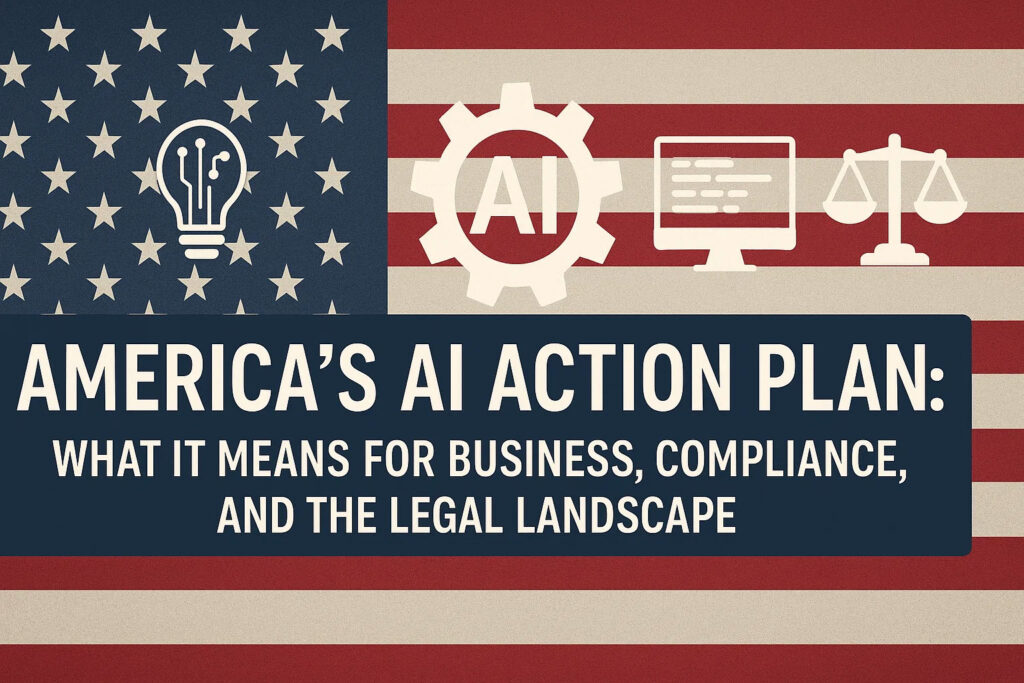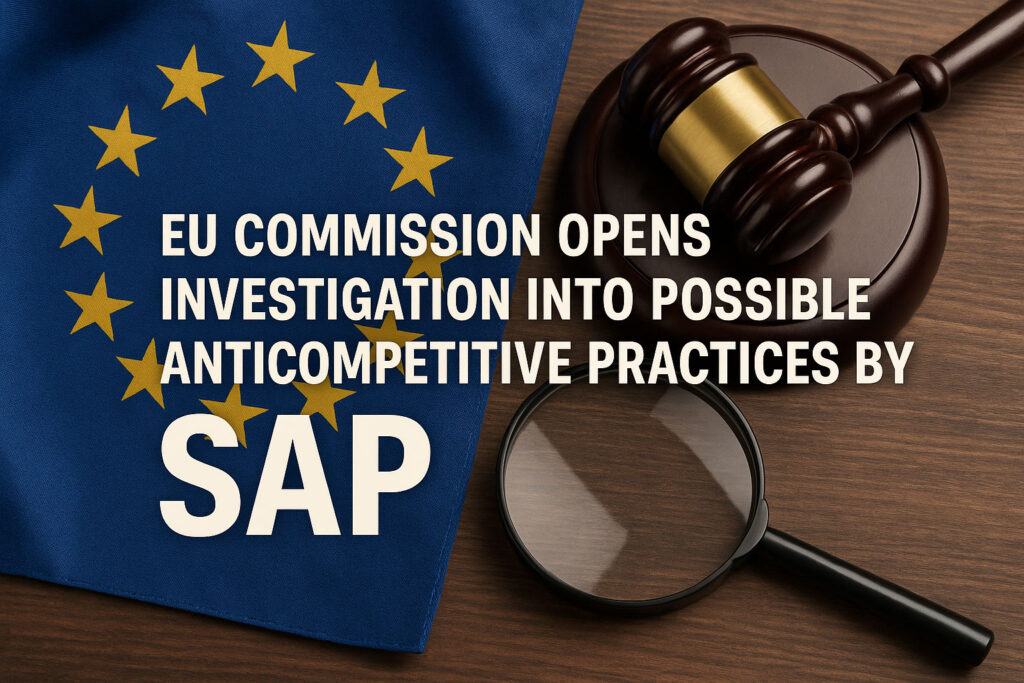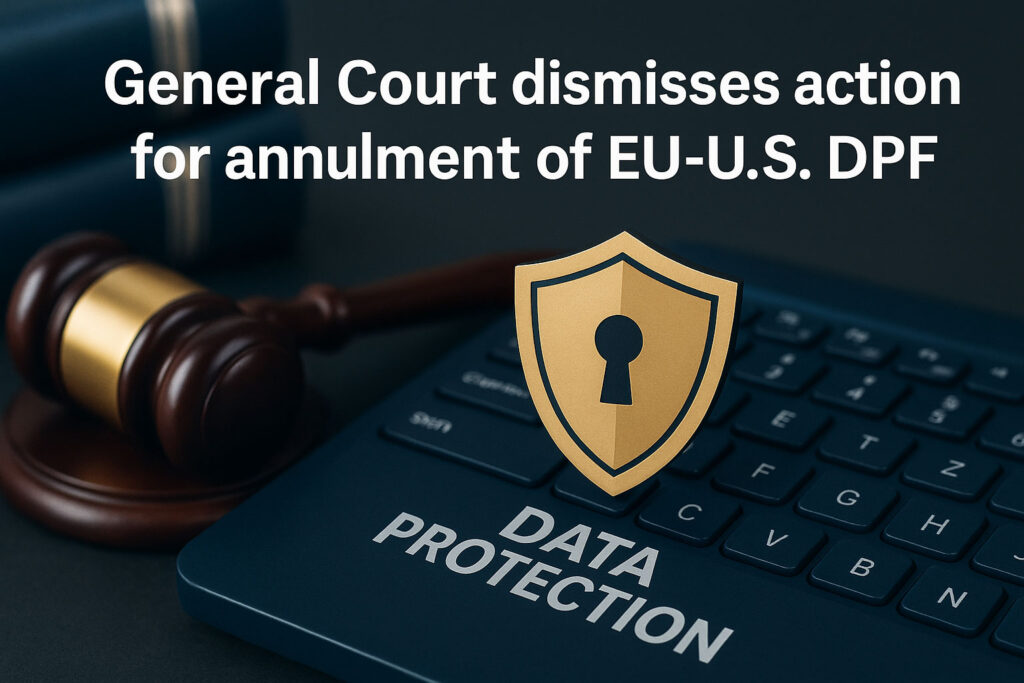The rapid advance of artificial intelligence (AI) technologies is reshaping the global economic, technological, and security landscapes. In response, the United States government has released “America’s AI Action Plan” in July 2025, outlining a comprehensive strategic framework to secure U.S. global leadership in AI innovation, infrastructure, and international diplomacy. The document provides a roadmap with profound implications for businesses, legal professionals, and government agencies navigating the evolving AI ecosystem.
In this article, we break down the key components of the plan and assess their implications on the business and legal landscape.
1. The AI Race and National Imperative
America’s AI Action Plan explicitly positions AI leadership as a national security imperative and frames the global AI competition as a “race” akin to the space race of the 20th century. The guiding philosophy is American technological dominance in AI will drive economic growth, innovation, and national security, benefiting workers and society broadly.
This context establishes AI not only as a commercial innovation but a matter of public policy and regulatory urgency, signaling heightened government involvement in AI development and governance.
2. Pillar I: Accelerate AI Innovation
The first pillar focuses on disposing regulatory barriers and incentivizing private-sector innovation, with several key policy directions:
- Removing Red Tape and Onerous Regulation: The plan rescinds prior, more cautious Biden-era AI regulation, advocating against heavy federal or state restrictions that might stifle innovation. Federal agencies are tasked with identifying existing regulatory impediments and revising or repealing them. The Federal Trade Commission (FTC) will also review and potentially roll back investigations or orders that unduly burden AI innovation.
- Protecting Free Speech and American Values: The government insists on AI models that protect freedom of speech and pursue objective truth, explicitly avoiding ideological bias. This includes revising the NIST AI Risk Management Framework to eliminate references to controversial social or environmental topics, such as DEI or climate change, requiring federally procured AI to be objective and free from ideological interference, and scrutinizing Chinese AI models for alignment with authoritarian narratives.
- Encouraging Open-Source and Open-Weight AI: The administration promotes open AI models for startups, academia, and government, recognizing their strategic importance in preventing dependence on closed-source foreign models and facilitating AI research.
- Driving AI Adoption and Empowering American Workers: Regulatory sandboxes and Centers of Excellence will enable enterprises to rapidly experiment and adopt AI. Concurrently, workforce programs will focus on AI literacy, skill development, and rapid retraining to ensure American workers benefit from AI-driven economic changes. Tax guidance will encourage employers to invest in AI-related employee training.
- Supporting Next-Generation Manufacturing and AI-Enabled Science: The plan calls for public investment in AI-powered research labs, automation, and manufacturing technologies, emphasizing AI’s transformative role in scientific discovery and defense industries.
Legal and business implications:
- Businesses must anticipate a lighter federal regulatory touch in AI development but prepare for evolving compliance landscapes, particularly regarding fairness and ideological neutrality in AI outputs.
- The emphasis on free speech protection may shape AI content moderation policies and liability frameworks.
- Open-source AI’s strategic promotion could affect intellectual property strategies and competitive dynamics in AI product development.
- Growing federal support for workforce retraining programs and AI literacy places a premium on corporate participation in upskilling workers and aligns with tax incentives.
- Businesses engaged in manufacturing or scientific research should monitor opportunities for government partnerships and funding initiatives.
3. Pillar II: Build American AI Infrastructure
Recognizing AI’s extraordinary computing and energy demands, the plan commits to building a robust physical and workforce infrastructure:
- Streamlined Permitting: The government will overhaul environmental permitting rules to accelerate the construction of data centers, semiconductor fabs, and energy infrastructure, while maintaining security against adversarial foreign technologies.
- Grid Modernization: Policies will stabilize, optimize, and expand the U.S. electric grid to handle AI’s rising power consumption, promoting advanced grid management, new power generation sources (like nuclear and geothermal), and discouraging premature decommissioning of conventional plants.
- Revitalizing Semiconductor Manufacturing: The plan calls for revitalizing U.S. chip manufacturing with reduced regulatory burdens and incentives, ensuring domestic control over advanced chip production critical to AI.
- High-Security AI Data Centers: Data centers processing sensitive government or defense AI workloads will adhere to rigorous security standards.
- Workforce Training in AI Infrastructure: Investments will support training skilled workers—electricians, HVAC technicians, and others—to build and maintain AI physical infrastructure via partnerships with education and workforce agencies.
- Cybersecurity Enhancements: The plan establishes an AI Information Sharing and Analysis Center (AI-ISAC) to promote defense against AI-specific cyber threats and mandates secure-by-design AI systems.
Legal and business implications:
- Companies in data center development, energy, and semiconductor sectors will benefit from permitting reforms but must comply with enhanced security standards guarding against foreign adversaries.
- Businesses dependent on energy-intensive AI infrastructure should anticipate grid stabilization initiatives but remain alert to evolving power market regulations.
- The workforce initiatives create both regulatory frameworks and opportunities for companies to participate in training or apprenticeship programs, with potential legal compliance in labor standards.
- Cybersecurity becomes a critical concern for all AI adopters, with mandated secure-by-design principles possibly becoming enforceable standards . Lawyers advising on compliance and risk will need to integrate evolving AI-specific cybersecurity guidance.
4. Pillar III: Lead in International AI Diplomacy and Security
The third pillar emphasizes the global dimension of AI leadership:
- Exporting American AI Technology: The U.S. aims to export its AI stack, including hardware, software, and models, to allies, reducing their reliance on adversarial foreign technology.
- Countering Authoritarian Influence: The administration seeks to push back against Chinese and other authoritarian influence in international AI governance forums, advocating U.S. values of innovation and free expression.
- Strengthening Export Controls: Enhanced enforcement of export controls on AI compute and semiconductor manufacturing components will limit adversaries’ access to critical technologies, including plugging loopholes in existing controls.
- Global Protection Measures and Alliances: The plan calls for diplomatic efforts to align allies in complementary export controls and technology protection, particularly in areas like research and education.
- National Security Risk Assessment: Continued evaluation of frontier AI systems for security risks, including cyberattacks and malicious use in weapons development (CBRNE), will be led by specialized federal agencies.
- Biosecurity Investments: Recognizing AI’s dual-use in biology, policies focus on strict nucleic acid synthesis screening, data sharing mechanisms, and international collaboration to mitigate biothreats.
Legal and business implications:
- Companies involved in AI exports must navigate complex and tightening export controls and align operations with U.S. security requirements.
- Legal teams will need to counsel on compliance with international export regimes and emerging regulations on sensitive AI technologies or components.
- Businesses that collaborate internationally will face heightened scrutiny in partnerships and technology transfer to ensure alignment with U.S. diplomatic priorities and legislation.
- Biosecurity rules will impact biotech and AI companies engaged in life sciences, requiring compliance with federal screening and enforcement mechanisms.
Conclusion
America’s AI Action Plan represents an ambitious, multi-faceted government strategy to entrench U.S. dominance in AI through innovation acceleration, infrastructure buildout, and global leadership. Businesses must prepare for a rapidly evolving AI ecosystem shaped by lighter innovation regulation, robust infrastructure investment, stringent cybersecurity, and assertive export controls.




